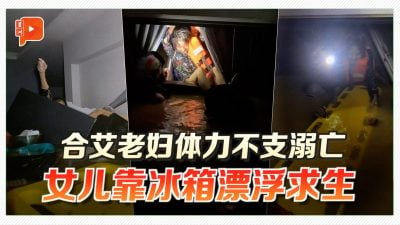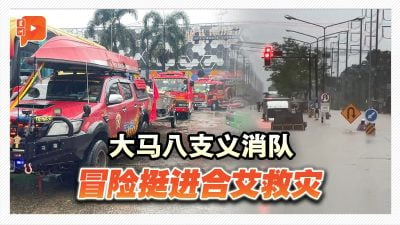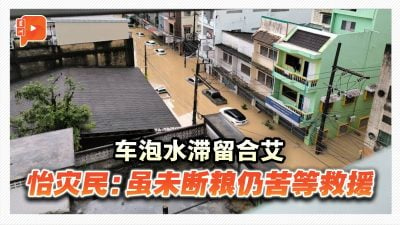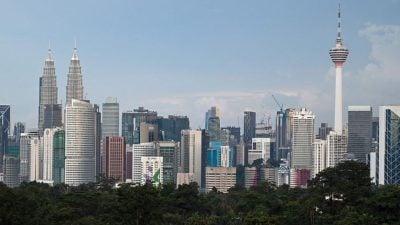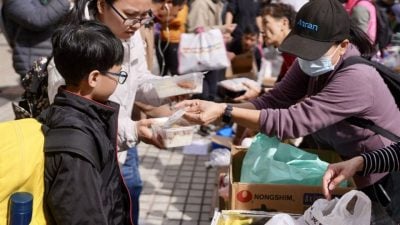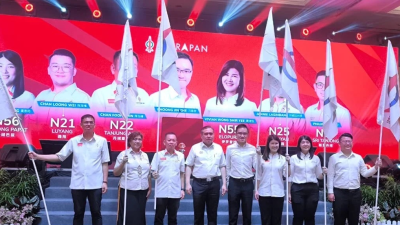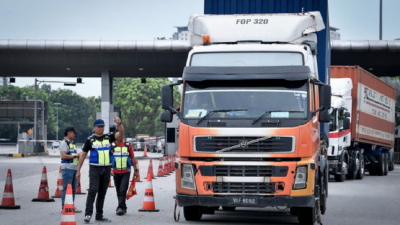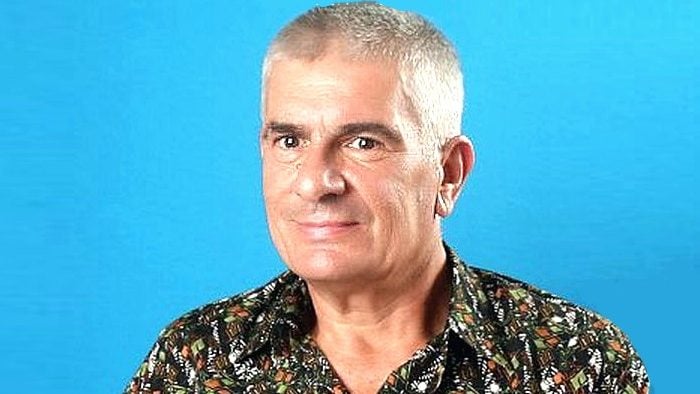
There is an almost forgotten piece of Malaysia’s history just across the Bukit Kayu Hitam-Sadao border post on the way to Hat Yai.
If you are driving up to Hat Yai for a weekend of shopping and makan, the defunct Communist Party of Malaya (CPM) 8th Regiment camp and tunnel complex, just a 30-minute scenic drive to the 2,000 meters high Khao Nam Khang National Park, is the place to go.
Coming from Sadao at Khao Nam Khang turn right onto a small road that takes you straight to the Friendship Village where the camp site of the former CPM 8th Regiment is situated.
The whole site sits adjacent to a mountain where a one-kilometer long network of tunnels has been carved out of rock by hand inside the mountain.
The Khao Nam Khang tunnel complex was built by 200 cadres under the supervision of Huang Yi-Jiang, the late commander of the 8th Regiment.
Within the tunnel network, food storage, emergency cooking facilities, a telegraph post, ammunition storage, a shooting range, sleeping births and place for medical surgery are housed.
The complex has 16 entrances/exits for ease of movement.
Being solid rock, the complex can withstand direct bombings from the air.
The camp was never captured or occupied by government forces.
The area was the site of a battle with the Royal Thai Army in 1977, where there were no deaths. You can still see the bomb craters around the site.
The 8th Regiment signed a peace agreement with the Thai government in 1987, and later joined Chin Peng’s remaining forces in peace with the Malaysian and Thai governments in 1989.
At the peak of the struggle, the 8th Regiment had a 2,000 strong force.
About half the cadres returned to Malaysia, while the other half were granted Thai citizenship and given plots of land to farm by the late King Bhumibol Adulyadej.
Today, many of the cadres’ descendants farm durians and have rubber plantations in the area.
When you observe the jungle surrounding the site, try to imagine how difficult it was for the cadres to walk to the border.
They had no vehicles or work animals and traveled everywhere by foot.
Operations into Malaysia usually took months before the cadres returned to Khao Nam Khang camp.
In those days, food and other supplies to the camp would also come by foot, as there were only trails, no roads at the time.
Today, the camp site is tirelessly developed for tourism by former cadre Mr Liang and his group.
The complex was opened to the public back in 1997.
At the start of the visit, you will watch a 20-minute film in Mandarin/Malay/English providing an excellent recap of the history of the Emergency and struggles of the CPM.
After the film, there is a museum and photo gallery with lots of rare pictures and maps.
Before traveling to the tunnels, you will pass a memorial for the fallen cadres during the struggle.
The complex was closed to the public in early 2020 due to Covid-19, and only reopened at the end of 2022.
This year, the tunnel complex has been slowly seeing an increase in visitors again.
Besides private vehicles, buses are starting to make the trek to Khao Nam Khang once again.
Unfortunately, the Khao Nam Khang tunnel site is not as well known as the 12th Regiment’s former camp site located just outside Betong where hundreds of Malaysians visit every day.
The Khao Nam Khang site is just as spectacular, with just as much history, very accessible when traveling between the Sadao border and Hat Yai.
The attraction is not crowded, well worth the extra drive if you have the time.
You will see a part of Malaya’s and later Malaysia’s history that stretches from the Japanese invasion to the late 1980s.
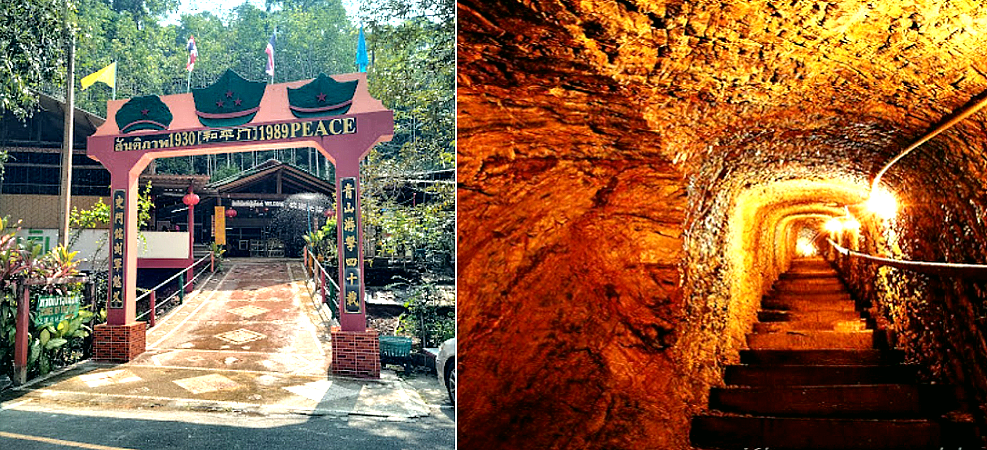
(Murray Hunter has been involved in Asia-Pacific business for the last 40 years as an entrepreneur, consultant, academic and researcher. He was an associate professor at Universiti Malaysia Perlis.)
ADVERTISEMENT
ADVERTISEMENT






